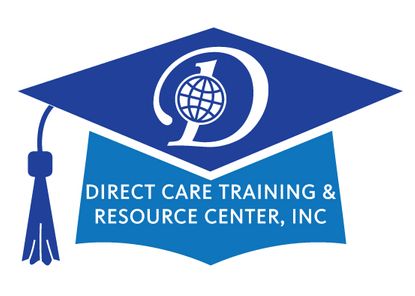 Her name was Mae Hudson. Prior to enrollment into our program in 1995 she had spent most days sitting in the back seat of her daughter’s car at work. Her dear daughter did not know what to do but she knew mom could not be left home alone.
Her name was Mae Hudson. Prior to enrollment into our program in 1995 she had spent most days sitting in the back seat of her daughter’s car at work. Her dear daughter did not know what to do but she knew mom could not be left home alone.
Mae was beyond feisty. She was often confrontational and even with her cognitive deficit she resented having to come to the adult day care program. In her mid 70’s she did have lots of energy too.
At first we thought she may have to be discharged. One day she even threw coffee on a staff member. Thank goodness we did not serve coffee very hot to program participants. Then a light bulb went off.
Could we turn her behavior around if we allowed her to exercise even some artificial independence? So we finally convinced her to take off her coat and asked her to give directions to others. We kept it simple, i.e. “you can sit there”, “lunch is coming”, etc. Before long Mae really felt as though she was on the staff.
Her daughter was relieved, we were able to keep adding to her safety during day time hours and adult day care fulfilled its mission in this case; that of serving the demented person and providing relief to a family caregiver.
We labeled the entire process as “Seeing Beneath the Dementia.” What we meant was that instead of generalizing it and labeling her as uncontrollable, we asked what kind of life she led previously. Our thinking was that if we could somehow make the adult day care experience resemble her previous, pre-dementia existence, perhaps we could help her to benefit from the program.
We did it and it worked. Are you generalizing or looking underneath a situation as well?
Join the discussion if you would like to speak to adult day care clinical success by signing in and adding a comment. For more on a regular basis join the www.linkedin.com group: Adult Day Care Innovation & Growth.

